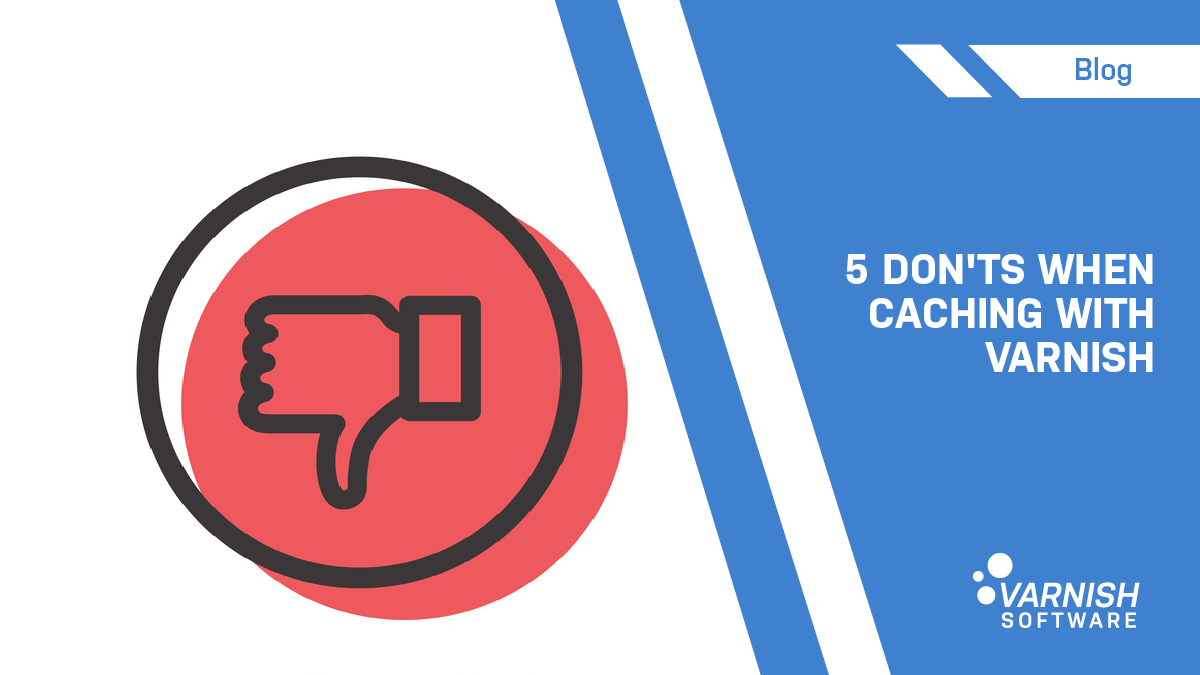Follow The Rabbit
TTL
Latest Articles
- Ian Vaughan
- December 13, 2023
Welcome to Varnish Software's roundup of this year’s most popular blog posts! Whether you're new to Varnish or a...
- Thijs Feryn
- December 7, 2021
In this week’s episode of Two-Minute Tech Tuesday, we're explaining how the total lifetime of a cached object is...
- Guillaume Quintard
- December 4, 2020
A few weeks ago, I wrote and post introducing the concept of Hit-for-Miss and I received a few questions about it...
- Arianna Aondio
- October 19, 2020
Over time, the most popular content we’ve created relates to hands-on Varnish use and relevant dos and don’ts....
- Guillaume Quintard
- October 15, 2020
Varnish is a caching server, and a great one at that, that much we already know. But what about the content you don't...
- Arianna Aondio
- March 4, 2020
If you’re familiar at all with Varnish, you know it improves content delivery performance by storing a copy of your...
SUBSCRIBE TO OUR BLOG
SEARCH OUR BLOG
Explore articles from Varnish experts on web performance, advanced caching techniques, CDN optimization and more, plus all the latest tips and insights for enhancing your content delivery operations.
/VS-logo-2020-197x60.png?width=136&height=60&name=VS-logo-2020-197x60.png)





.png)